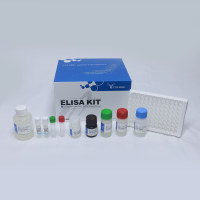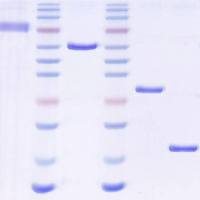More Than One Way to Die: Methods to Determine TNF-Induced Apoptosis and Necrosis
互联网
互联网
相关产品推荐

Annexin V-AF647 Apoptosis Detection Kit(BA00103)-20T/50T/100T
¥680

HB Western blotting Principles and Methods
¥223

促销中大鼠肿瘤坏死因子α(TNF-α)/Rat TNF-α/tumor necrosis factor (TNF superfamily,member 2)/Tnf;Tnfa;Tnfsf2;Tumor necrosis factor;Cachectin;TNF-alpha;Tumor necrosis factor ligand superfamily member 2;TNF-a) [Cleaved into: Tumor necrosis factor;membrane for/TNF/ELISA试剂盒
¥3420¥3800

Recombinant-Human-G-protein-coupled-receptor-family-C-group-5-member-BGPRC5BG-protein coupled receptor family C group 5 member B Alternative name(s): A-69G12.1 Retinoic acid-induced gene 2 protein; RAIG-2
¥12110

Candida albicans DIE2 重组蛋白表达
¥2000
相关问答

